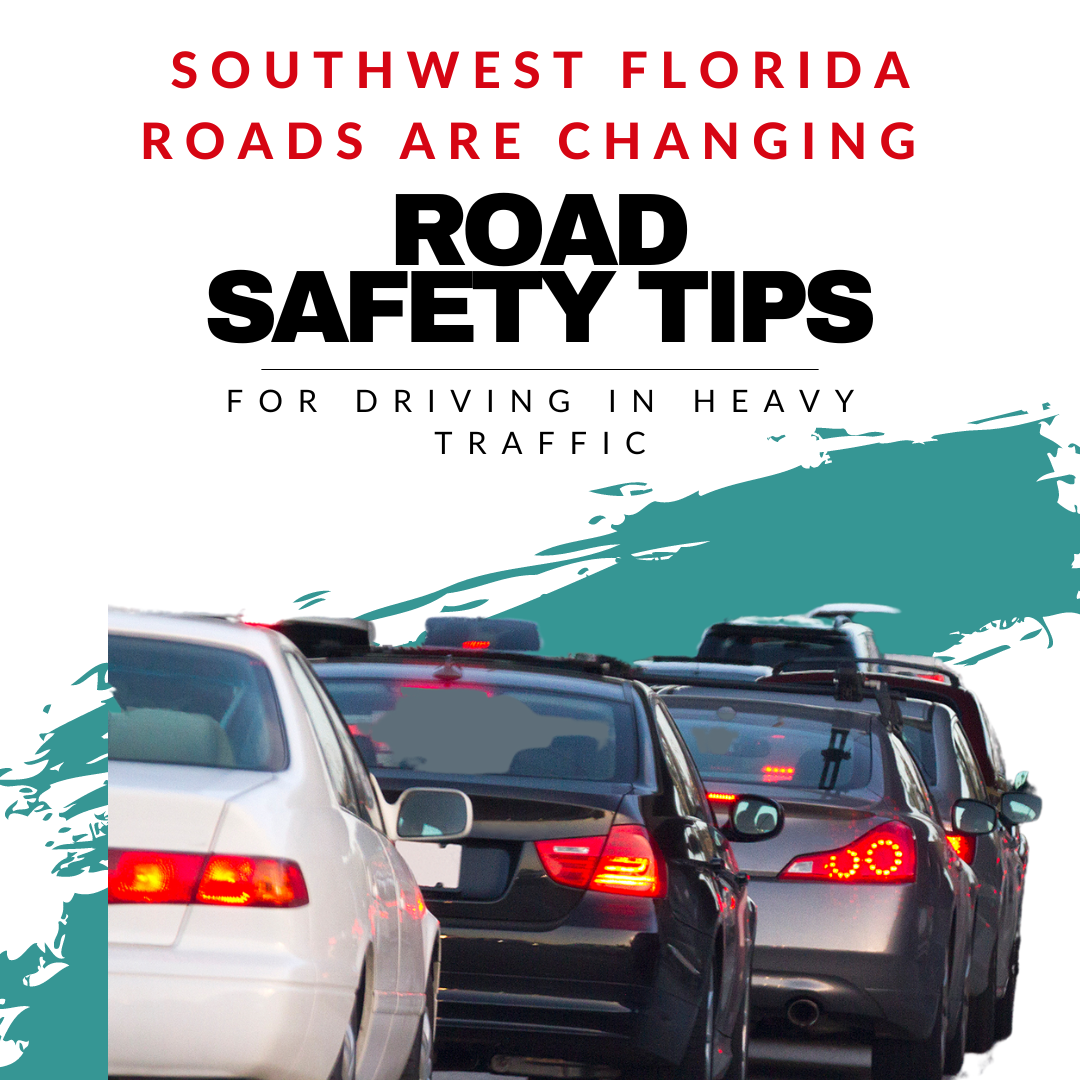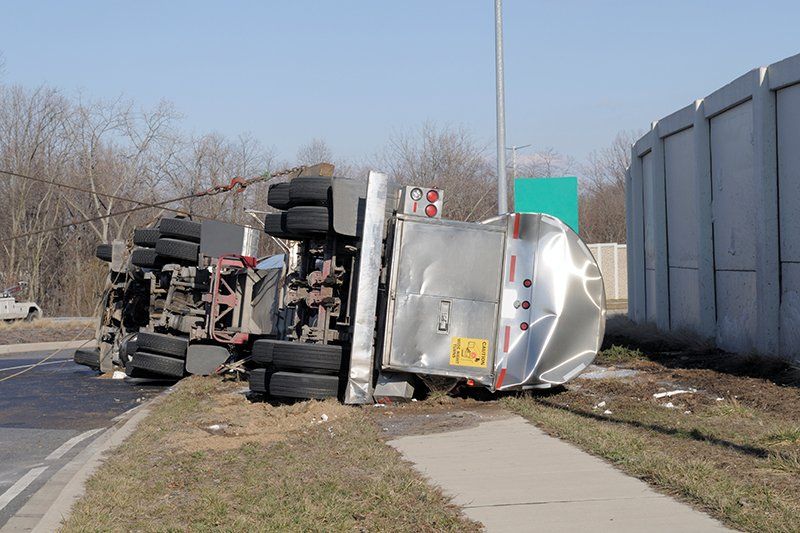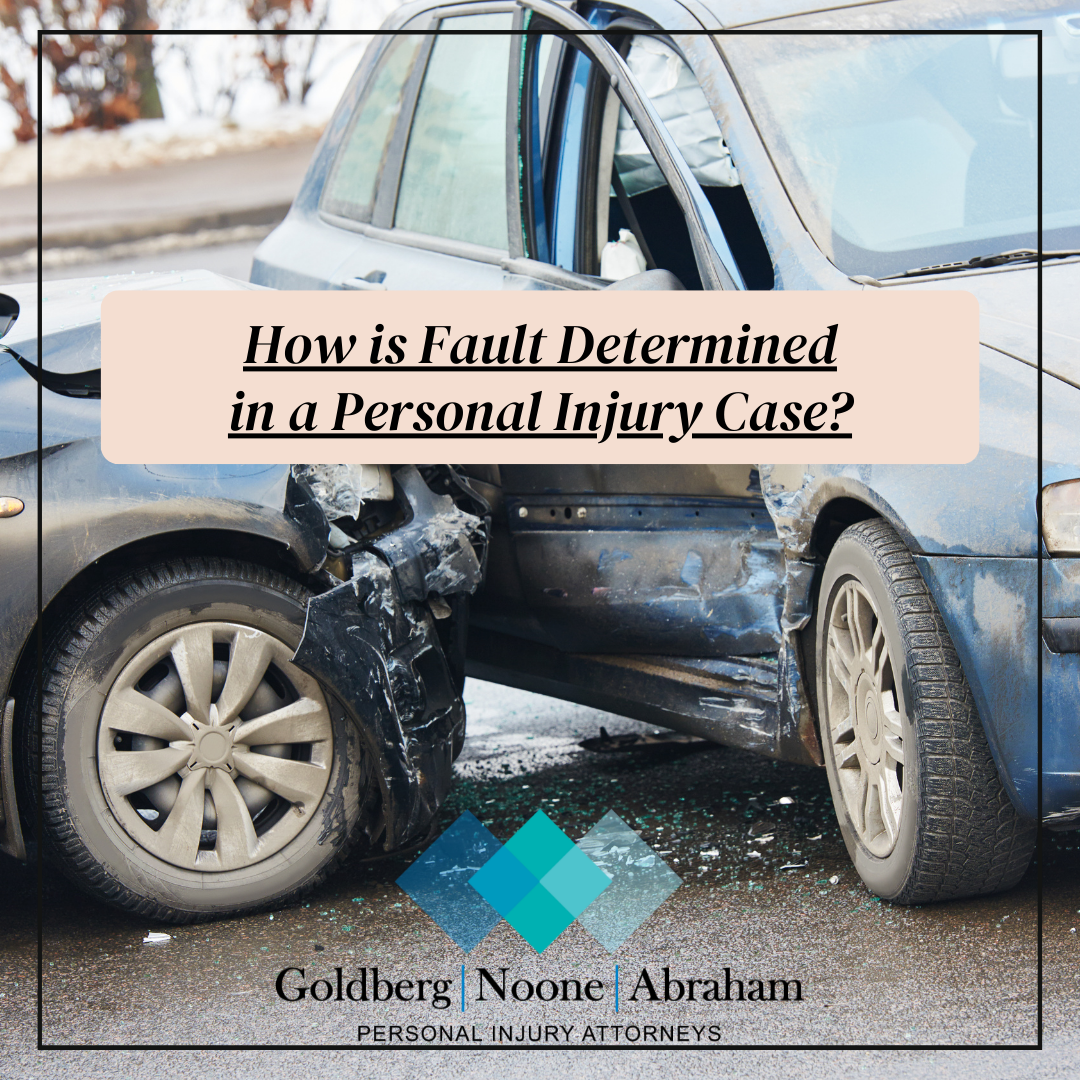“When It Roars, Go Indoors” - Lightning Safety in Southwest Florida
Florida is known as the “lightning capital of the nation”, and for good reason – on average, Florida experiences thunderstorms 75 to 105 days per year. According to the CDC, Florida has recorded more than 2,000 lightning injuries over the last 50 years. Just within the last two weeks, our community has experienced three different instances of people being struck by lightning. On July 17th, a 17-year-old was struck by lightning at Residents' Beach on Marco Island; on July 24th, a couple was struck by lightning in view of their children at the Sanibel Beach Club, and their condition is currently unknown; and on July 26th, a person was struck and injured while on Clam Pass Beach in Naples. While your chances of being injured by a lightning strike is about one in a million, it is important to remain vigilant when it comes to lightning safety, as you never know when it can strike.
How to Protect Yourself from Lightning Strikes:
Outdoor Lightning Safety
If you are outdoors and see a developing storm, or hear thunder in the distance, the safest thing you can do is seek immediate shelter, and not return outdoors until at least 30 minutes after the last roll of thunder that you hear. Keep in mind that a safe shelter would be defined as one with a roof, walls, and a floor, or a fully enclosed metal-top vehicle. If for whatever reason you are unable to get indoors, the following suggestions may help to minimize your risk of lightning injury:
- Avoid tall structures such as trees, poles, fences, etc., and open areas.
- If you feel your hair stand on end, assume the “lightning position” by either kneeling or crouching, bend forward, and put your hands on your knees. The goal is the be low and minimize your contact with the ground, so it is not a good idea to lay down completely.
- Adhere to the 30-30 rule. After you see lightning, start counting to 30. If you hear thunder before you reach 30, go indoors.
- Stay away from water, including swimming pools, beaches, rivers, or canals. If on the water, land any boats, canoes, kayaks, or other watercraft and seek shelter ashore.
A Note for Boaters – If thunderstorms are forecast, do not go out into the water. If skies become threatening or if you observe thunder or lightning, return to land immediately. If you get caught in a storm, stay away from all metal/electronic devices (including your radio unless it is an emergency) and move into your boat's cabin. If your boat has no cabin, then drop anchor and get as low as possible (source).
Indoor Lightning Safety
While you may think that being indoors protects you from lightning strikes and injury, according to the CDC, about one-third of lightning injuries occur indoors. The below tips should help you and your loved ones stay safe from lightning indoors.
- Avoid contact with water, which means avoid bathing, showering, washing dishes, etc., as lightning can travel through plumbing.
- Avoid using corded phones, as they are unsafe during a storm. Wireless or cellular phones are fine, though.
- Exercise caution around electronic equipment, as lightning can travel through electrical systems and television and radio receptors.
- Avoid concrete walls and floors, meaning do not lie on concrete floors or lean against concrete walls. The reason for this is that lightning can travel through any metal wires or bars involved in the construction (source).
While you are more likely to be bitten by a shark than be struck by lightning, it is important to take the right precautions, and to remain vigilant to the danger of lightning strikes. As the last few weeks have shown our community, injuries from lightning strikes can happen to anyone if you are not careful.









We’re only a phone call away! Call our Fort Myers or Cape Cod law office now and let us know how we can help.

